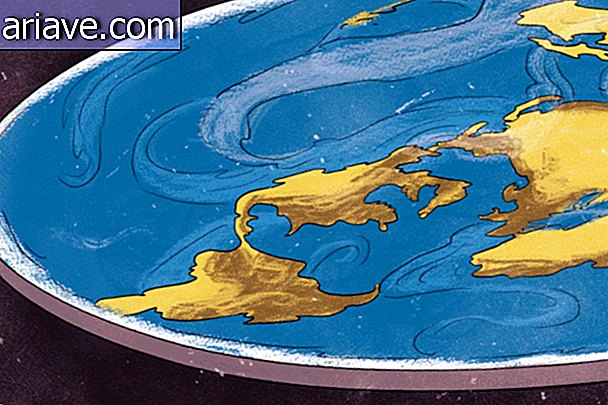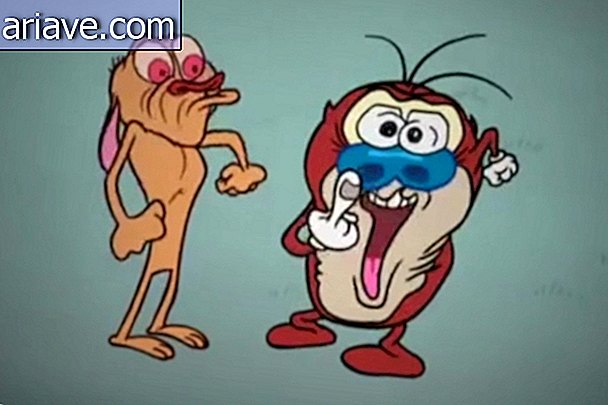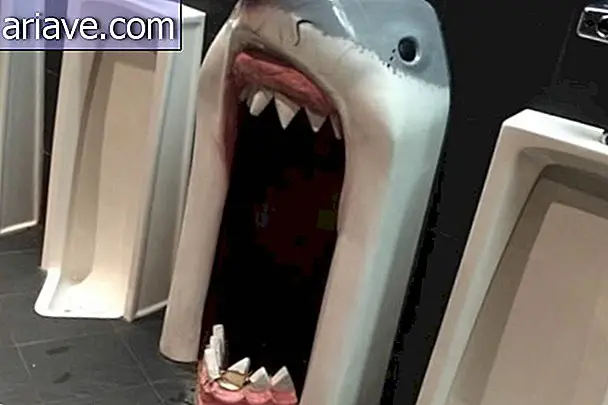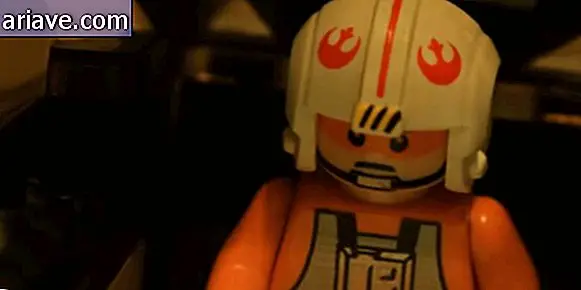How long does life take to resurface after asteroid impacts?
A considerable event decimated the dinosaurs and had a great influence on our evolution. The most widely accepted thesis is that an asteroid hit the earth millions of years ago, yet it has no official name.
The biggest sign that something really big happened was the sudden disappearance of species, coupled with the increased presence of iridium in chemical analyzes of regions formed at that time. This element does not exist in abundance on the earth's surface, so its presence may be unusually associated with a volcanic event or an object from space.
This event marked the end of the Cretaceous period and the beginning of the Paleogen (former Tertiary). Considering the acronyms used to specify each of them, the event is known as KT extinction. Although shock has changed the course of life, life has resurfaced in the region earlier than scientists imagined.
Large impact
The emergence of the Chicxulub Crater, a mark left 65 million years ago by an asteroid on the Yucatan Peninsula, caused an era of 180 million years, when dinosaurs existed on Earth, to be abruptly halted.

Not without reason, 75% of the species that lived all over the planet were extinct by the event. Waves 100 meters high were created, reaching what are now Mexico and the USA, as well as the cloud of smoke that left the Earth in a dark period, until all the released material settled.
Even considering this scenario of destruction, according to a new study, life came back into the crater itself shortly after things calmed down. Obviously, these living things were not the most complex so far, but they show how small invertebrates managed to return life to the region.

By analyzing sediments obtained under the ocean at 600 meters depth in the area where the crater exists, paleoceanographer Chris Lowery identified the signs of the impact, which could have been fatal.
While the signs of the event were evident, he also noted that the sample had some plankton-dug fossils and tunnels, and small worms. The presence of these elements is not common, because in another crater formed by an asteroid, located in Chesapeake Bay, life took millennia to come back into existence. As a result, the question arose: Why was the impact so fatal for dinosaurs, but not for the fauna in the vicinity of the point of impact?
Vital location
The impact on Chesapeake Bay created a much smaller crater than the one on the Yucatan Peninsula - 85 km in diameter versus 180 km. However, for Lowery the location of the impact was what determined the big difference between the events.

In both shocks, the asteroid was strong enough to kill all fish, crustaceans and other animals in regions near the point of impact. The unequal condition is in the location of each, as Chesapeake Bay had no connection to the ocean. This caused the decay of living beings, now dead, to deplete oxygen and make the place unsuitable for living things. The local water began to be renewed only through erosion, and the resumption of life on the site took millions of years.
The Chicxulub Crater, in turn, formed partially in the Gulf of Mexico, probably killing a significant amount of aquatic animals, but starting water renewal as soon as the movements generated by the asteroid in the ocean stabilized. The region's natural currents brought life forms that were unaffected by shock, making life on the spot return more quickly.
***
Do you know the Mega Curioso newsletter? Weekly, we produce exclusive content for lovers of the biggest curiosities and bizarres of this big world! Register your email and do not miss this way to keep in touch!











